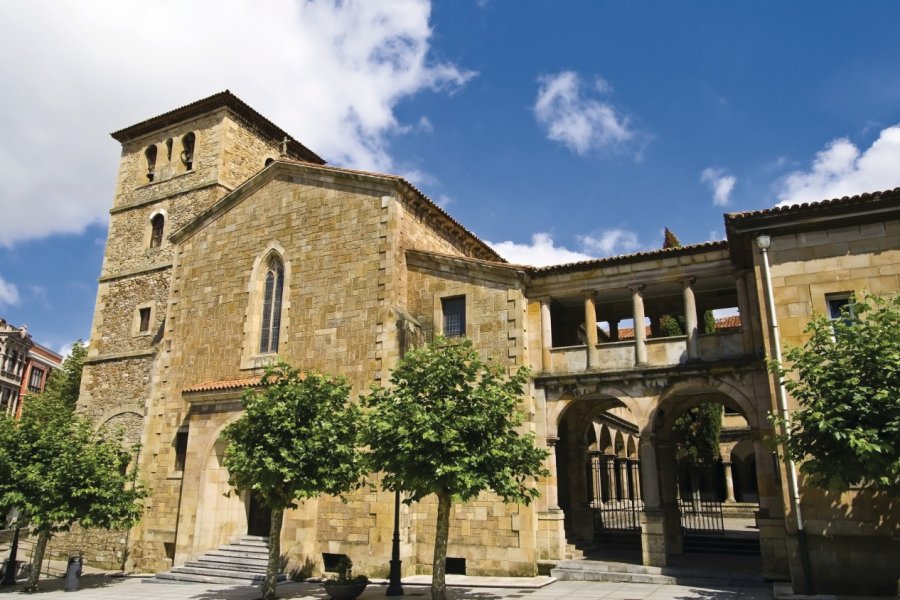Travel Guide Avilés
Find an accommodation
Advertising
With nearly 80,000 inhabitants, it is thethird largest city in Asturias. Its asset, this important iron and steel centre has managed to preserve an attractive historic centre, away from the industrial areas. Known in its time as the "Athens of the North", Avilés has two Romanesque churches: San Nicolás de Bari and Sabugo, as well as noble palaces from the 17th century. Its parks, squares, narrow streets and arcades are also very attractive. In the evening, a stroll under the heavy medieval arcades of Calle Ferrería leads directly to the large Plaza España, from where Calle Rivero and Calle San Francisco start, bustling with people at aperitif time. It's a great place to have a drink in these old alleys, where you can stroll around with a glass in your hand. And since its opening in 2011, the presence of the Niemeyer Centre has added a new, deliberately modern silhouette to the city In terms of gastronomy, you can of course enjoy Asturian cuisine(fabada, stews, callos...) but the best thing about this city is its traditional pastries. A must try is the mantecado de Avilés, which gives its name to one of the most emblematic festivals in the region. The city and its region also boast the largest concentration of wine cellars on the Cantabrian coast. A taste that has even led to the creation of a festival, renowned in this field: the Famous Wine Festival
What to visit Avilés?
Weather at the moment
Advertising
Organize your trip with our partners Avilés
Transportation
Book your plane tickets
Car Rental
Boat rental
Accommodation & stays
Find a hotel
Holiday rental
Find your campsite
Tailor-made trip
Immersion travel
Services / On site
Activities & visits
Find a doctor












